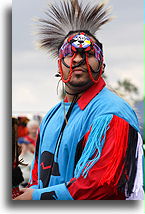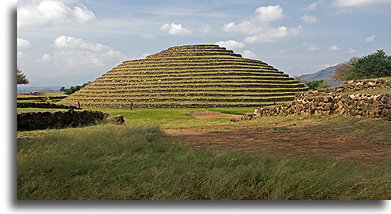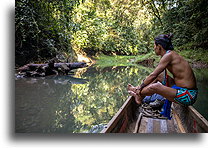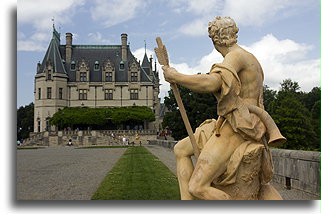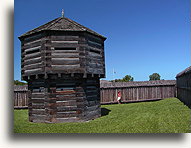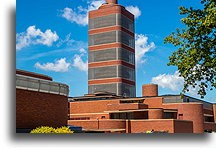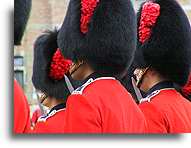
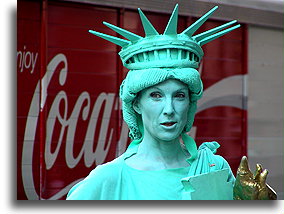
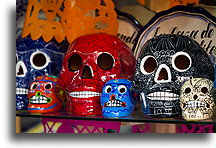
On October 12, 1492, when Christopher Columbus first sighted the island, he called San Salvador, now in the Bahamas, he thought he had reached islands off the coast of Asia. Five years later Amerigio Vespucci, an Italian navigator claimed that the land was not Asia, but a vast continent of a New World. The first mapmakers mistakenly believed that Vespucci was the first European to reach the New World. The name “Amerigo” was given to a new continent, eventually becoming America.

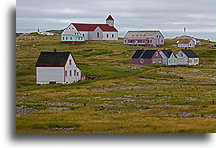
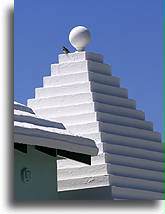
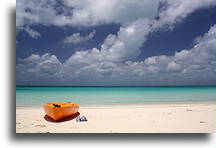
European contact in North America caused a deep demographic crisis. Old World diseases such as smallpox and typhus spread across the continent, traveling farther and faster than the European settlers themselves. Wars and the relocation of surviving Native Americans caused more deaths. By 1800, the Native population was only half a million out of an estimated 5 to 15 million in what is now the United States. It was a widespread genocide of Native Americans.
